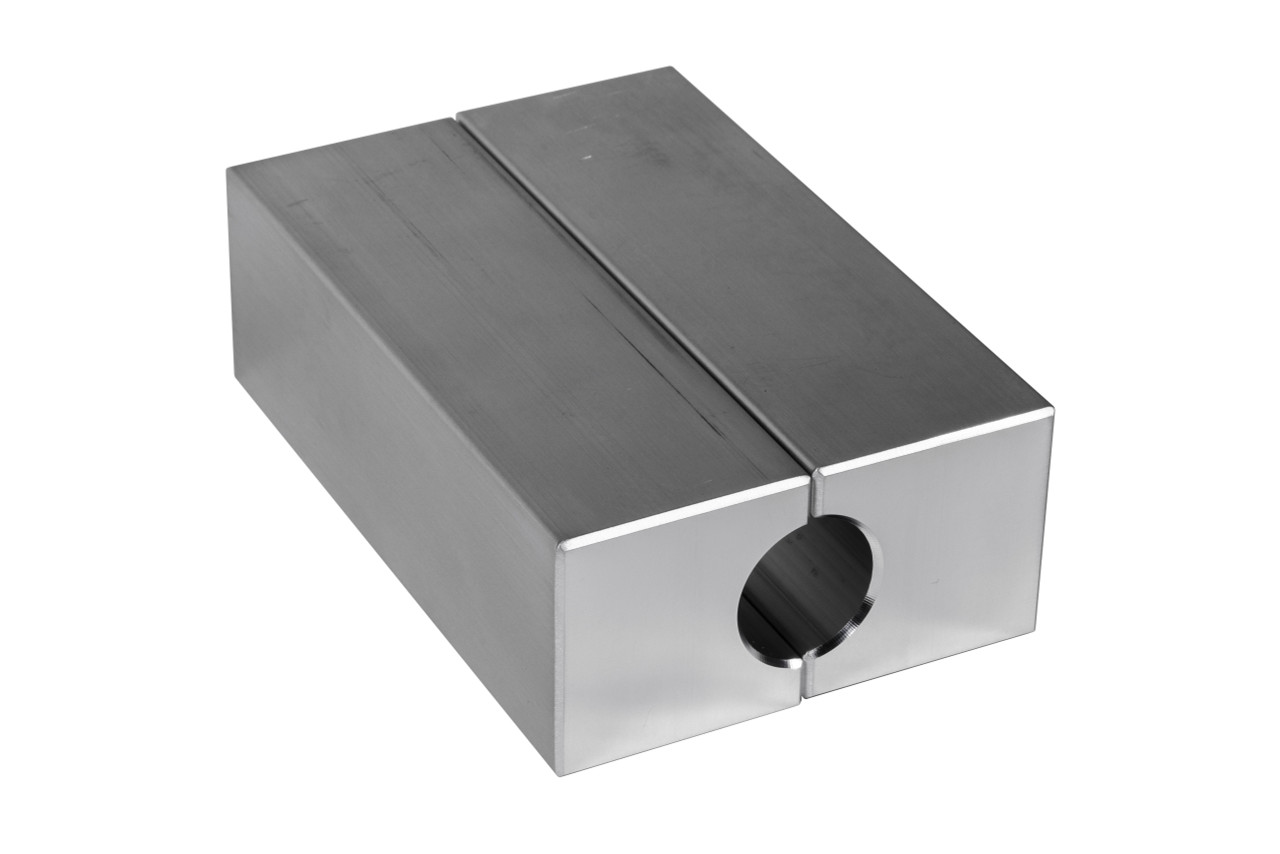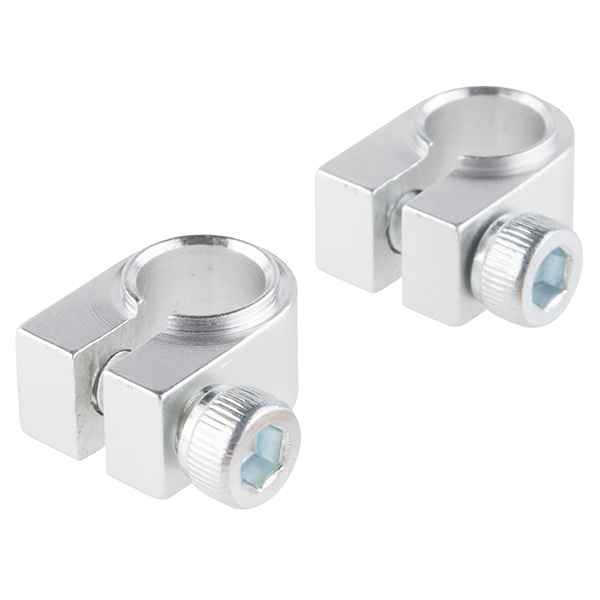Product Description
Malleable Iron Pipe Clamp Locking Collar
PRODUCT DESCRIPTION
1. EATHU pipe clamp fittings are designed by using malleable iron in accordance with ASTM A197 which applies for good mechanical strength and enough elongation characters. The surface treatment of the kee clamp is hot dipped galvanized which meet the specification of ASTM A153 to anti-rusting and corrosion.
2. Six different sizes are available as following.
3. Three kinds of standard surface treatment can be provided on key clamp, suitable for all kinds of indoor and outdoor application.
4. All our pipe joint connectors are with TUV, CE and ISO certificate.
PRODUCT PARAMETERS
Modular structures eliminate design and engineering costs, on-site fabrication issues while reducing installation costs.
CZPT pipe fittings can be adapted or extended with additional components, or to be adjusted on-site.
INSTALLATION INSTRUCTIONS
Designed for easy use, our key clamps are created for the modern construction environment. It combines the benefits of strength and durability without the need of specialized tradesmen, hot work permits, fire spotters and welding protection to finished surfaces.
WHO IS EATHU
Over 16 years, CZPT has been a trusted name in piping solutions by offering high-quality products, service and support to the PVF industry continuously.
We provide expertise and product solutions for a wide range of applications, plumbing, mechanical, industrial, air-conditioning and refrigeration, mining, oil, gas, fire protection, equipment and power system.
We organize the whole production process in accordance with ISO 9001 and ISO 14001. It has also the most complete certificates in the PVF industry, including UL/FM/ of US, CRN/cUL of Canada, DVGW/TUV/CE/VdS of Germany, BSI/LPCB of UK, SII of Israel, JIS of Japan, ABNT of Brazil, GOST-R of Russia, CNBOP of Poland, KS of South Korea, CZPT of Turkey, PSB of Singapore, SIRIM of Malaysia, SABS of South Africa etc.
PACKING AND SHIPPING
Cartons and then plywood pallets are used into key clamp packages, suitable for sea or air export business which can be stacked in containers.
FAQ
Q1. How can I get your prices of kee clamp?
A: Please provide your detail inquiry list which including items, surface requirement and estimated order quantity. Then detail quotation will be provided.
Q2. Can I have a sample before business start?
A: Yes, we welcome sample order to test and check our quality. Usually samples are free and you just need to pay the courier cost by FedEx or DHL.
Q3. What’s about the lead time of order?
A: Sample order usually need 5-7 days after order confirmation. Mass production order usually need 30-40 days after prepayment received.
/* January 22, 2571 19:08:37 */!function(){function s(e,r){var a,o={};try{e&&e.split(“,”).forEach(function(e,t){e&&(a=e.match(/(.*?):(.*)$/))&&1
| Warranty: | 30-50 Years for H.D.G |
|---|---|
| Application: | Decorations |
| Certification: | CE, ISO |
| Surface Treatment: | Yes |
| Technics: | Forged |
| Material: | Steel |
| Samples: |
US$ 0/Piece
1 Piece(Min.Order) | |
|---|
| Customization: |
Available
| Customized Request |
|---|

Are there educational resources explaining how locking collars contribute to ease of installation and adjustment?
Yes, there are educational resources available that explain how locking collars contribute to the ease of installation and adjustment. These resources can provide valuable insights into the design, functionality, and benefits of locking collars in relation to installation and adjustment processes. Here are some sources where you can find educational materials:
- Manufacturer Websites:
- Online Industrial Magazines and Publications:
- Engineering and Technical Forums:
- Industry Associations and Trade Organizations:
- Engineering Training Courses and Webinars:
Many locking collar manufacturers provide educational resources on their websites. These resources can include product datasheets, technical guides, installation instructions, and videos that explain the features and benefits of their locking collars. Manufacturer websites are a reliable source of information as they have in-depth knowledge of their products and can provide specific guidance on installation and adjustment procedures.
Online industrial magazines and publications often feature articles, case studies, or technical papers that discuss the use of locking collars and their contribution to ease of installation and adjustment. These resources can provide insights into real-world applications, best practices, and tips for optimizing installation and adjustment processes using locking collars. Examples of such publications include Design World, Machine Design, and Industrial Equipment News.
Participating in engineering and technical forums or online communities can be a valuable resource for learning about locking collars and their role in installation and adjustment. These forums provide a platform for professionals to share their experiences, ask questions, and exchange knowledge. Engaging in discussions related to locking collars can provide practical insights, tips, and recommendations from experts in the field.
Industry associations and trade organizations often offer educational resources to their members. These resources may include technical guides, whitepapers, or webinars that cover various aspects of industrial components and systems, including locking collars. By joining relevant associations or attending their events, you can access educational materials that explain the benefits of locking collars and their role in facilitating installation and adjustment processes.
Engineering training courses and webinars conducted by professional training organizations or universities may cover topics related to locking collars and their installation and adjustment. These educational programs can provide in-depth knowledge, practical demonstrations, and interactive sessions to help you understand the principles and techniques involved in using locking collars effectively. Look for courses or webinars that focus on mechanical systems, fastening techniques, or industrial components.
When accessing educational resources, it is important to consider the credibility and reliability of the source. Look for materials published by reputable organizations, manufacturers, or industry experts. Cross-reference information from multiple sources to ensure accuracy and gain a comprehensive understanding of how locking collars contribute to ease of installation and adjustment.
By leveraging these educational resources, you can enhance your knowledge about locking collars and learn how to effectively incorporate them into your installation and adjustment processes. This understanding can help optimize the use of locking collars, improve efficiency, and ensure proper functionality in machinery and equipment.

Where can I purchase locking collars with specific certifications for certain industrial standards?
If you are looking to purchase locking collars with specific certifications for certain industrial standards, there are several options available to you. Here are some avenues to explore:
- Specialized Industrial Suppliers:
- Distributors and Manufacturers:
- Trade Shows and Exhibitions:
- Online Marketplaces:
- Professional Networks and Associations:
- Consulting Engineers or Procurement Specialists:
Specialized industrial suppliers that cater to specific industries often carry locking collars with certifications for relevant standards. These suppliers typically have a wide range of products designed for specific applications and can provide guidance on selecting the appropriate locking collars with the desired certifications. Examples of such suppliers include those focusing on the automotive, aerospace, or medical industries.
Reach out to distributors or manufacturers of locking collars directly. Many manufacturers offer locking collars with certifications for specific industrial standards. They can provide information on the certifications their products comply with and help you choose the right locking collars for your requirements. Some manufacturers may also have online catalogs or websites where you can browse their product offerings and certifications.
Attending trade shows and exhibitions related to your specific industry can be a valuable opportunity to connect with suppliers and manufacturers of locking collars. These events often feature exhibitors showcasing their products and certifications. You can engage with them directly, discuss your requirements, and explore available options. Trade shows provide a platform to gather information, compare products, and make informed purchasing decisions.
Online marketplaces that specialize in industrial products and components can be a convenient source for purchasing locking collars with specific certifications. Platforms like Alibaba, Thomasnet, or GlobalSpec offer a wide range of industrial supplies from various suppliers. You can search for locking collars with the desired certifications, compare prices, read customer reviews, and make purchases online.
Engaging with professional networks and industry associations can provide valuable insights and connections to suppliers who offer locking collars with specific certifications. Participate in industry forums, conferences, or online communities where professionals discuss relevant topics. Seek recommendations from industry experts or peers who have experience with locking collars and certifications for specific industrial standards.
If you require specialized assistance in sourcing locking collars with specific certifications, consider consulting with engineers or procurement specialists who have expertise in your industry. These professionals can provide guidance, recommend suppliers, and help navigate the procurement process to ensure compliance with industrial standards.
When purchasing locking collars with specific certifications, it is essential to verify the authenticity and validity of the certifications provided by the suppliers. Request relevant documentation, such as test reports or compliance certificates, to ensure the locking collars meet the required standards. Additionally, consider factors such as product quality, customer support, and delivery options when selecting a supplier or manufacturer.
Ultimately, the availability of locking collars with specific certifications may vary depending on your industry and the particular standards you require. Conduct thorough research, leverage available resources, and engage with trusted suppliers or experts to find the locking collars that meet your specific needs.

Can you recommend locking collars suitable for applications with high torque and vibration?
When it comes to applications with high torque and vibration, it is crucial to choose locking collars that are specifically designed to withstand these demanding conditions. Here are some recommendations for locking collars suitable for such applications:
- Split Collars: Split collars are designed with a cut along their circumference, allowing them to clamp tightly onto the shaft. This design provides excellent holding power, even in applications with high torque and vibration. Split collars distribute the clamping force more evenly, reducing the risk of slippage or damage to the shaft.
- Double Split Collars: Double split collars, also known as two-piece collars, have two cuts along their circumference, creating even greater clamping force and resistance to torque and vibration. The double split design enhances the collar’s ability to grip the shaft tightly, minimizing the chances of loosening or shifting under high load conditions.
- Threaded Collars: Threaded collars feature internal threads that allow for a more secure and adjustable fit. These collars can be tightened by rotating them along the shaft, providing a reliable grip and resistance to torque and vibration. Threaded collars often incorporate locking mechanisms such as set screws or clamping arms to enhance their holding power.
- Ratcheting Collars: Ratcheting collars are designed with teeth or serrations on the inner surface that engage with corresponding teeth on the shaft. This mechanism creates a ratcheting action, preventing the collar from slipping or rotating under high torque or vibration. Ratcheting collars offer excellent holding power and are commonly used in applications requiring precise positioning and resistance to loosening.
- Adhesive-Lined Collars: Adhesive-lined collars utilize an adhesive layer on the inner surface, enhancing their grip and resistance to vibration. The adhesive forms a bond between the collar and the shaft, providing additional security and preventing movement or loosening. These collars are particularly effective in high vibration applications where other types of collars may struggle to maintain their grip.
- Locking Collars with Damping Features: Some locking collars are designed with built-in damping features or materials that help absorb and dissipate vibration energy. These collars can effectively reduce the transmission of vibrations to other components, minimizing the risk of loosening or damage. They are suitable for applications where vibration control is a critical requirement.
When selecting locking collars for high torque and vibration applications, consider factors such as the specific torque and vibration levels, the material and surface finish of the shaft, the environmental conditions, and any additional requirements of the application. Consulting with industry experts or suppliers specializing in locking collars can provide further guidance and ensure that you choose the most suitable option for your specific needs.


editor by CX 2024-03-27
